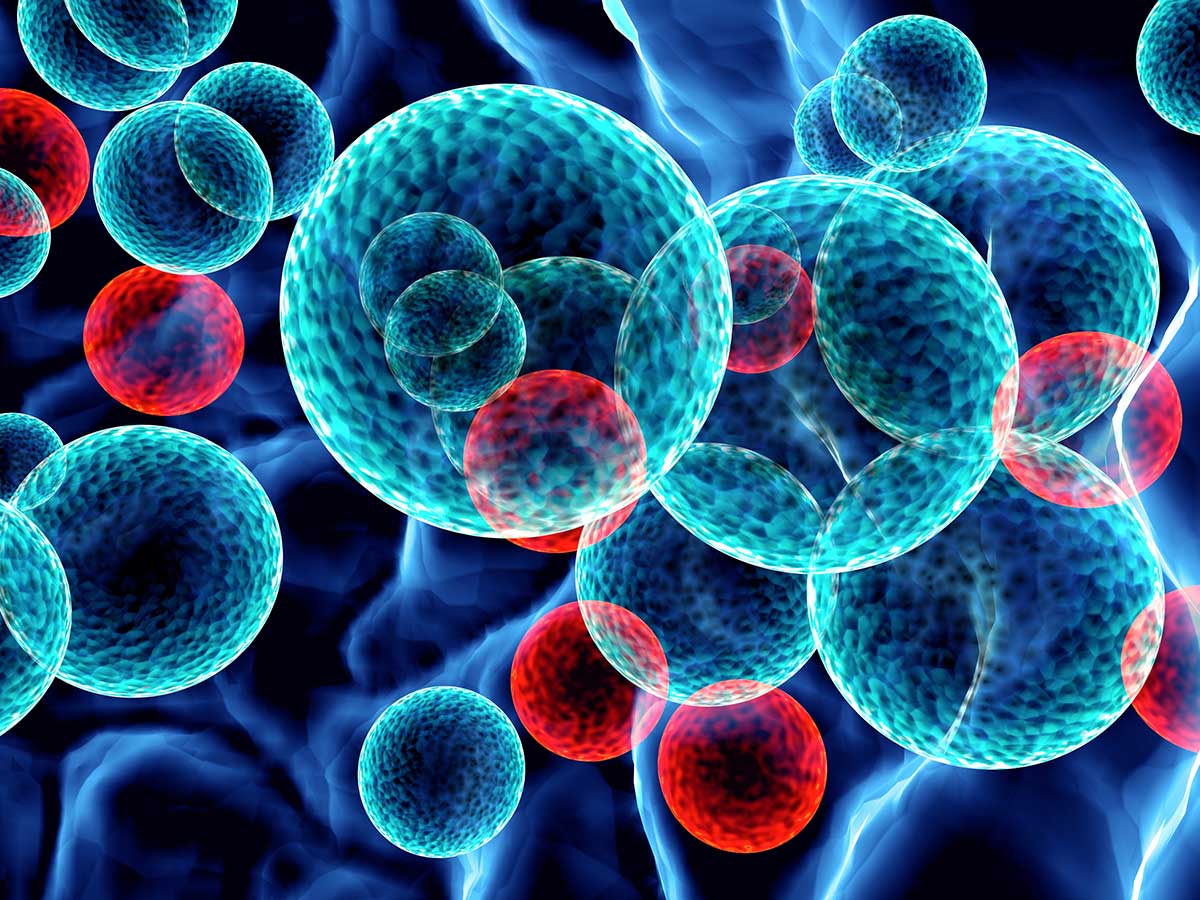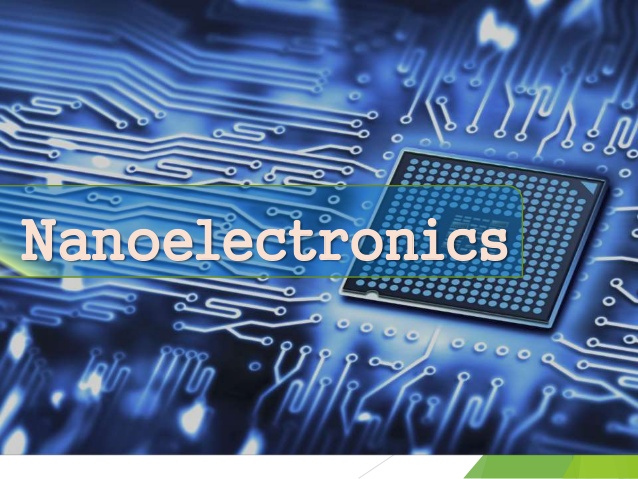_ Section of the simulation process in (electrical nanoparticles)
Electrostatic nano particles Nano particle ESD in the simulation process of nano devices
Researcher and author: Dr. ( Afshin Rashid)


Note: Electrostatic ESD semiconductor nanoparticles were made using the electrospray process. The electrospray deposition (ESD) method is one of the steps of particle preparation from the gas injection production route. The ESD method, which produces nano-sized droplets, combined with the evaporation of the nano-droplet solvent can produce a nano-particle whose size is controlled on the nano-scale, creating a quantum confinement effect.
The surface atoms of nanoparticles are not compensated in terms of energy. In general, the results of nanoparticle energy growth can be expressed as the total energy of atoms on the surface of the particle. The freedom of movement of atoms on the surface of nanostructures is limited and only vibrational movements and the movement of electrons are possible. These two electrokinetic reactions are dependent on each other because the displacement of the electron clouds of the atoms definitely changes the vibrational frequencies of the bonds of the atoms of the nanoparticles . On the other hand, changing the location of valence electrons in the bonds changes the polarity of the bond and the bodies known as supermolecules . In this case, electron transfer to a higher energy level becomes possible.

Metal alloys or bimetallic nanoparticles have a high ESD electrostatic property , which makes them suitable for electromagnetic nanomolecules or electromagnetic nanocarriers . In addition to this, the electromagnetic property of the surface of these nanoparticles allows surface active substances to be placed on the surface of the nanoparticles, which can be used to dissolve the nanoparticles . Surface coating is an inseparable component of electromagnetic nanoparticles so that they can be used. Although nanoparticles are not attracted to each other due to their super-paramagnetic properties, but due to the high surface energy, electromagnetic nanoparticles tend to accumulate . The electrostatic stability of nanomolecules is not suitable for nanoparticles; Although the repulsion of charges on the surface of nanoparticles can prevent their accumulation, in the presence of a catalyst or other electrolytes in the internal environment of ESD electrostatic nanoparticles, these charges are neutralized.
Electromagnetic properties (Active) in the coating of nanoparticles, like a barrier, prevent their accumulation, and chemical functionalization, suitable and efficient properties for Creates nanoparticles . Molecular weight and geometrical orientation exist on the surface of nanoparticles in various forms. Layers that make electromagnetic nanoparticles fully active. It prevents nanoparticles from accumulating on each other. In addition to organic coatings, the core-shell structure is also used for optimal application of electromagnetic nanoparticles .
Conclusion:
Electrostatic ESD semiconductor nanoparticles were fabricated using the electrospray process. The electrospray deposition (ESD) method is one of the steps of particle preparation from the gas spraying process. The ESD method, which produces nano-sized droplets, combined with the evaporation of the nano-droplet solvent can produce a nano-particle whose size is controlled at the nano-scale, creating a quantum confinement effect.
Researcher and author: Dr. ( Afshin Rashid)
Specialized doctorate in nano-microelectronics



